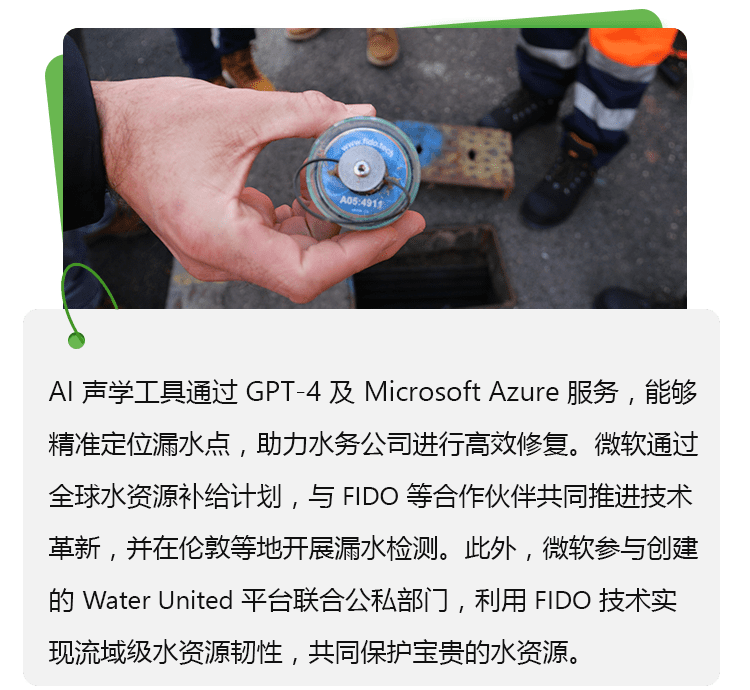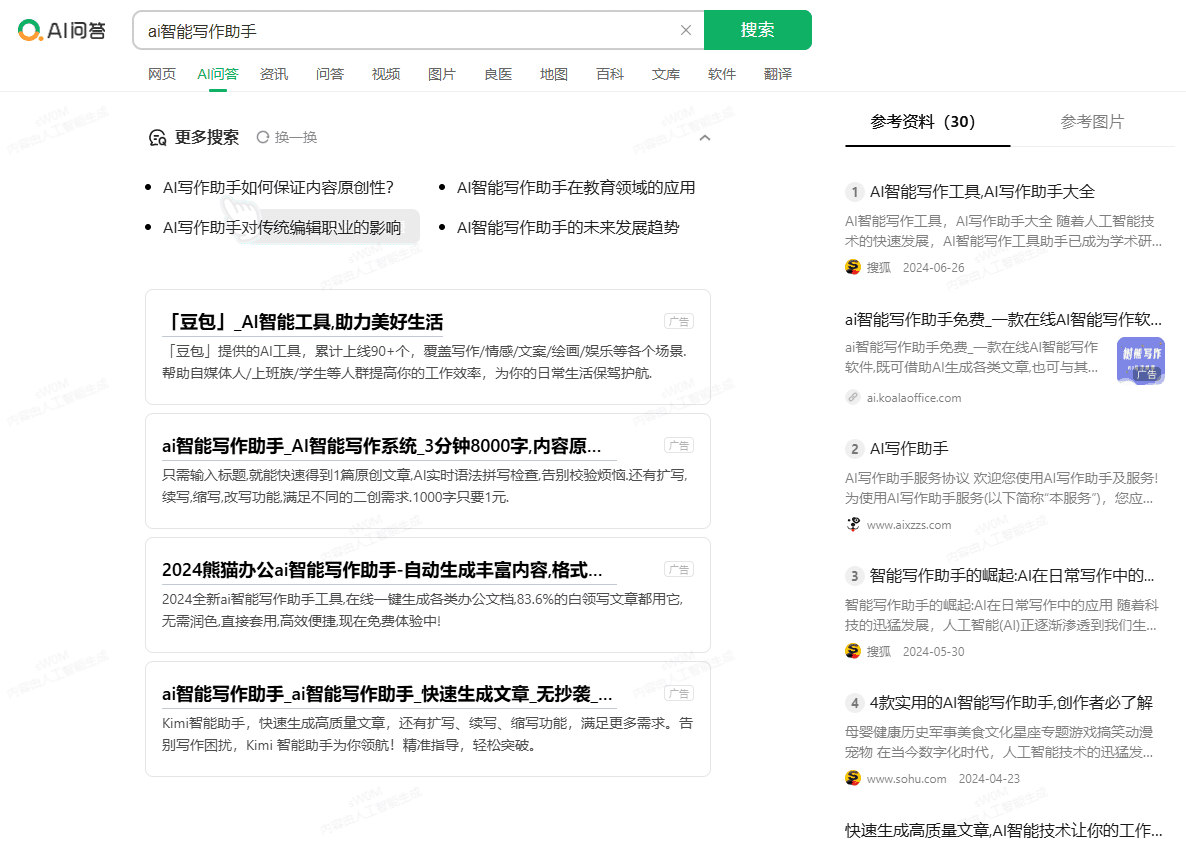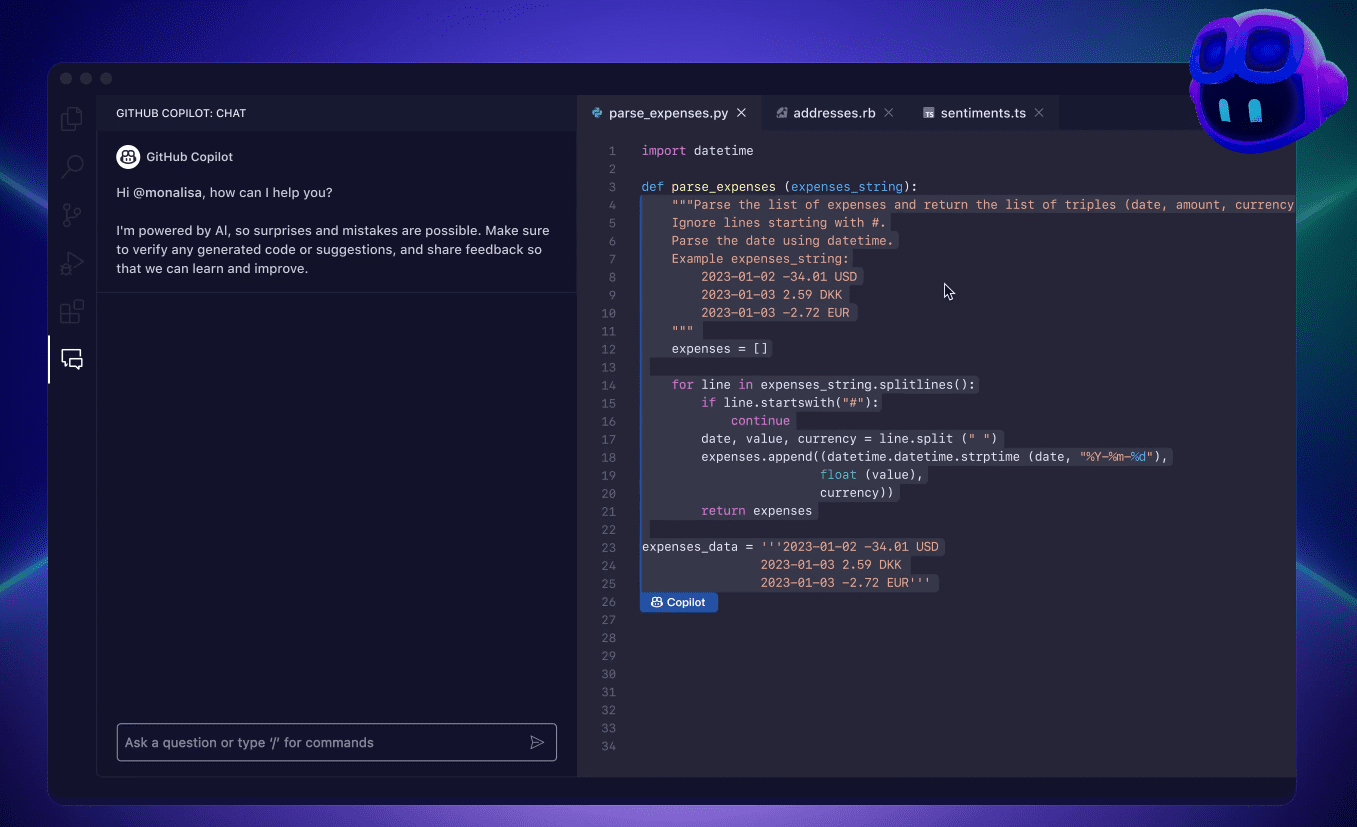2024 Github Ten Best RAG Frameworks
Retrieval-enhanced generation (RAG) has emerged as a powerful technique for enhancing the capabilities of large language models.
RAG Frameworks combine the benefits of retrieval-based systems and generative models to produce more accurate, context-aware, and timely responses. As the demand for sophisticated AI solutions grows, a number of open-source RAG frameworks have emerged on GitHub, each with unique features and functionality. What are the features of RAG frameworks?

Oversimplified RAG workflow
Search Enhanced Generation(RAG) is an artificial intelligence framework that enhances the capabilities of large-scale language models (LLMs) by integrating external knowledge sources.
RAG works by retrieving relevant information from the knowledge base and using it to augment the inputs to the LLM so that the model can generate more accurate, up-to-date and contextually relevant responses.
This approach helps to overcome limitations such as knowledge deadlines and reduces the risk of hallucinations in the LLM output.
Why can't I just use LangChain?
While LangChain is a powerful tool for building LLM applications, it is not a direct replacement for RAG; rather, LangChain can be used to implement a RAG system. Here are some reasons why you need RAG in addition to LangChain:
- External knowledge: The RAG allows you to incorporate domain-specific or up-to-date information into the LLM's training data that may not otherwise exist.
- Improved accuracy: By responding based on retrieved information, RAG can greatly reduce errors and illusions.
- customizable: RAG enables you to customize responses for specific datasets or knowledge bases, which is critical for many business applications.
- transparency: The RAG makes it easier to trace the source of information used to generate a response, thus improving auditability.
Essentially, LangChain provides the tools and abstractions for building LLM applications, while RAG is a specific technique that can be implemented using LangChain to improve the quality and reliability of LLM output.
GitHub's 10 Best RAG Frameworks
In this article, we will explore the top 10 RAG frameworks currently available on GitHub. These frameworks represent the cutting edge of RAG technology and are worth investigating by developers, researchers, and organizations looking to implement or improve their AI-powered applications.
1. Haystack
GitHub star rating: 14.6k stars

Haystack is a powerful and flexible framework for building end-to-end question answering and search systems. It has a modular architecture that allows developers to easily create pipelines for a variety of NLP tasks, including document retrieval, question answering, and summarization:
- Support for multiple document stores (Elasticsearch, FAISS, SQL, etc.)
- Integration with popular language models (BERT, RoBERTa, DPR, etc.)
- Scalable architecture for handling large numbers of files
- Easy-to-use API for building custom NLP pipelines
Haystack's versatility and extensive documentation make it an excellent choice for beginners and experienced developers implementing RAG systems.
https://github.com/deepset-ai/haystack
2. RAGFlow
GitHub star rating: 11.6k
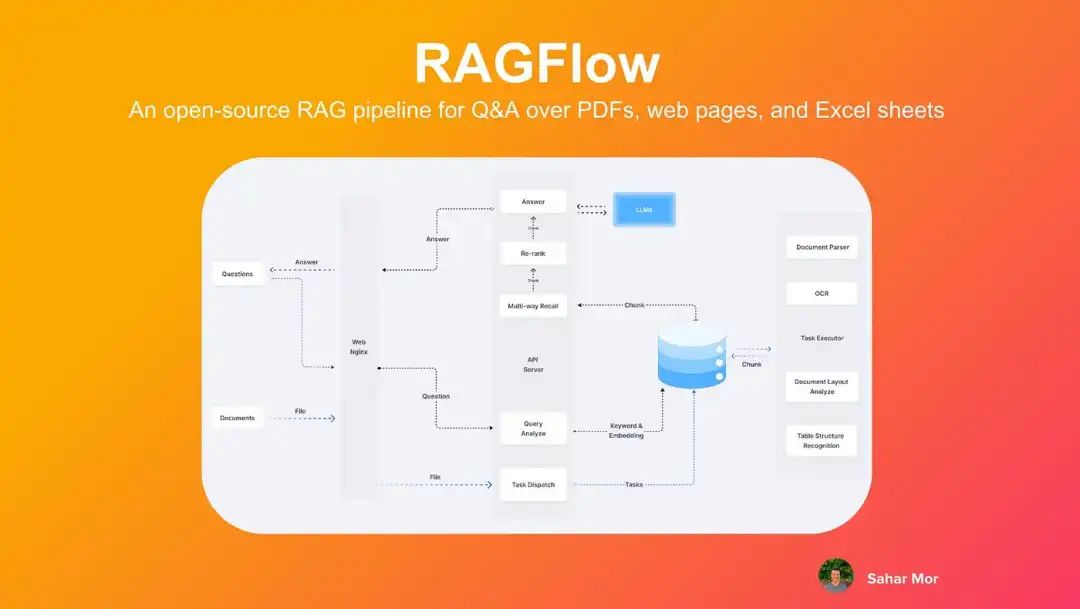
RAGFlow is a relatively new entrant in the RAG framework space, but is quickly gaining favor due to its focus on simplicity and efficiency. The framework aims to simplify the process of building RAG-based applications by providing a set of pre-built components and workflows:
- Intuitive workflow design interface
- Pre-configured RAG pipeline for common use cases
- Integration with popular vector databases
- Support for custom embedded models
RAGFlow's user-friendly approach makes it an attractive option for developers who want to rapidly create and deploy prototype RAG applications without having to delve into the underlying complexity.
https://github.com/infiniflow/ragflow
3. Txtai
GitHub Stars: 7.5k
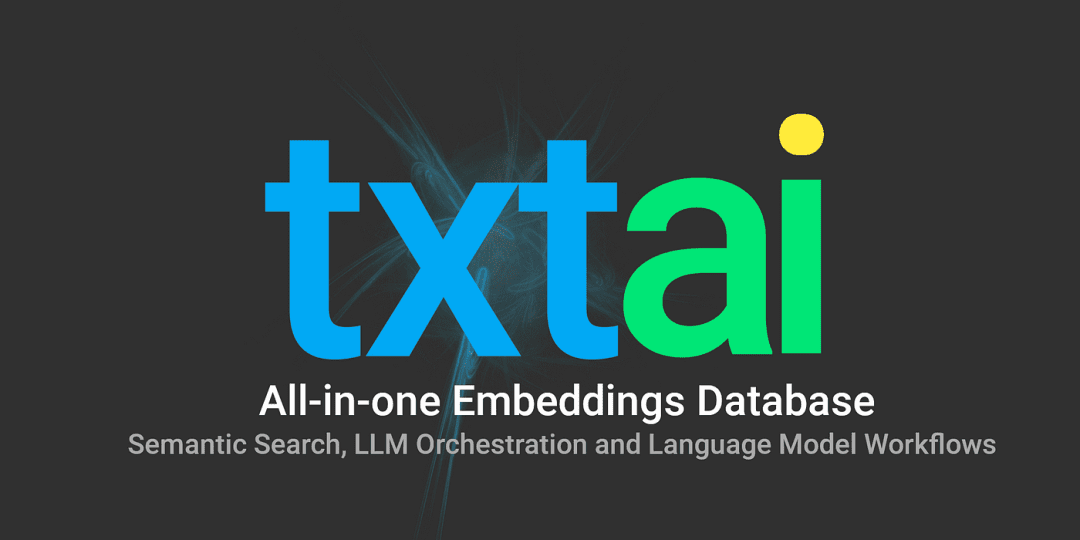
txtai is a versatile AI data platform that goes beyond the traditional RAG framework. It provides a comprehensive set of tools for building semantic search, language modeling workflows, and document processing pipelines:
- Embedded database for efficient similarity searching
- APIs for integrating language models and other AI services
- Extensible architecture for customized workflows
- Support for multiple languages and data types
txtai's all-in-one approach makes it a great choice for organizations that want to implement a variety of AI capabilities within a single framework.
https://github.com/neuml/txtai
4. STORM
GitHub star rating: 5,000 stars
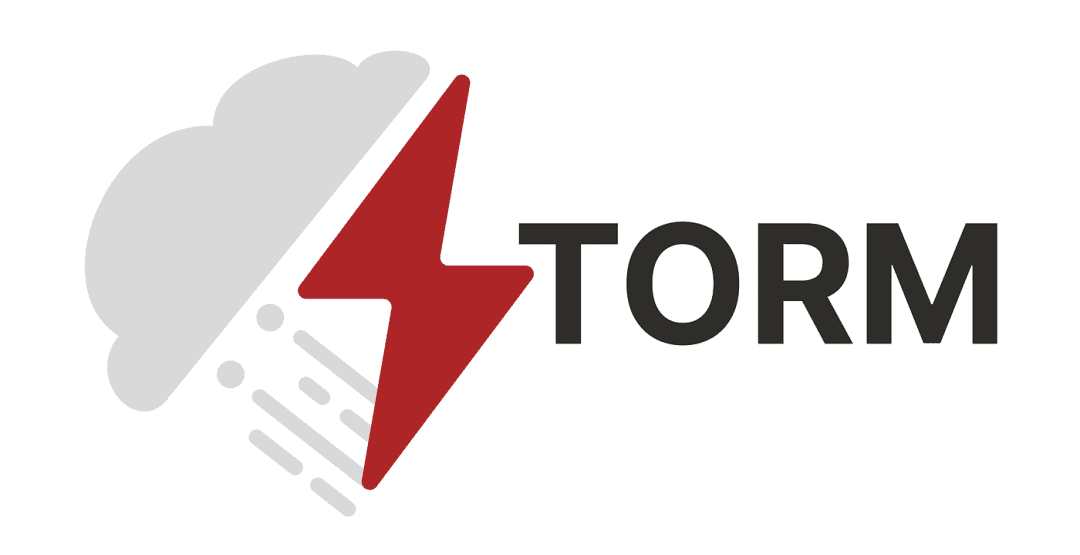 Stanford Open Source RAG Model
Stanford Open Source RAG Model
STORM (Stanford Open Source RAG Model) is a research-oriented RAG framework developed at Stanford University. STORM may have fewer stars than some other frameworks, but its academic background and focus on cutting-edge technologies make it a valuable resource for researchers and developers interested in the latest advances in RAG technology:
- Implementing novel RAG algorithms and techniques
- Focus on improving the accuracy and efficiency of search mechanisms
- Integration with state-of-the-art language models
- Numerous documents and research papers
For those wishing to explore the frontiers of RAG technology, STORM provides a solid foundation backed by academic rigor.
https://github.com/stanford-oval/storm
5. LLM-App
GitHub star rating: 3.4K

LLM-App is a collection of templates and tools for building dynamic RAG applications.Key features of LLM-App include
- Ready-to-Use Docker Containers for Rapid Deployment
- Support for dynamic data sources and real-time updates
- Integration with popular LLM and vector databases
- Customizable templates for various RAG use cases
LLM-App's focus on operational aspects and real-time functionality makes it an attractive option for organizations looking to deploy a production-ready RAG system.
https://github.com/pathwaycom/llm-app
6. Cognita
GitHub Star Rating: 3K Stars

Cognita is a new addition to the RAG framework space, focused on providing a unified platform for building and deploying AI applications. While it has a lower star rating than some other frameworks, its comprehensive approach and emphasis on MLOps principles make it worth considering:
- End-to-end platform for RAG application development
- Integration with popular ML frameworks and tools
- Built-in monitoring and observable functions
- Support for model versioning and experiment tracking
Cognita's holistic approach to AI application development makes it a compelling option for organizations looking to streamline the entire ML lifecycle.
https://github.com/truefoundry/cognita
7. R2R
GitHub star rating: 2.5K stars
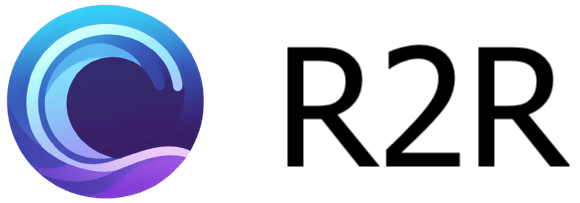
R2R (Retrieval-to-Retrieval) is a specialized RAG framework that focuses on improving the retrieval process through iterative improvements. Although it may have fewer stars, its innovative approach to retrieval makes it a noteworthy framework:
- Implementation of novel search algorithms
- Supports multi-step search process
- Integration with various embedding models and vector stores
- Tools for analyzing and visualizing search performance
R2R offers a unique and powerful set of tools for developers and researchers interested in advancing retrieval technology.
8. Neurite
GitHub star rating: 909 stars
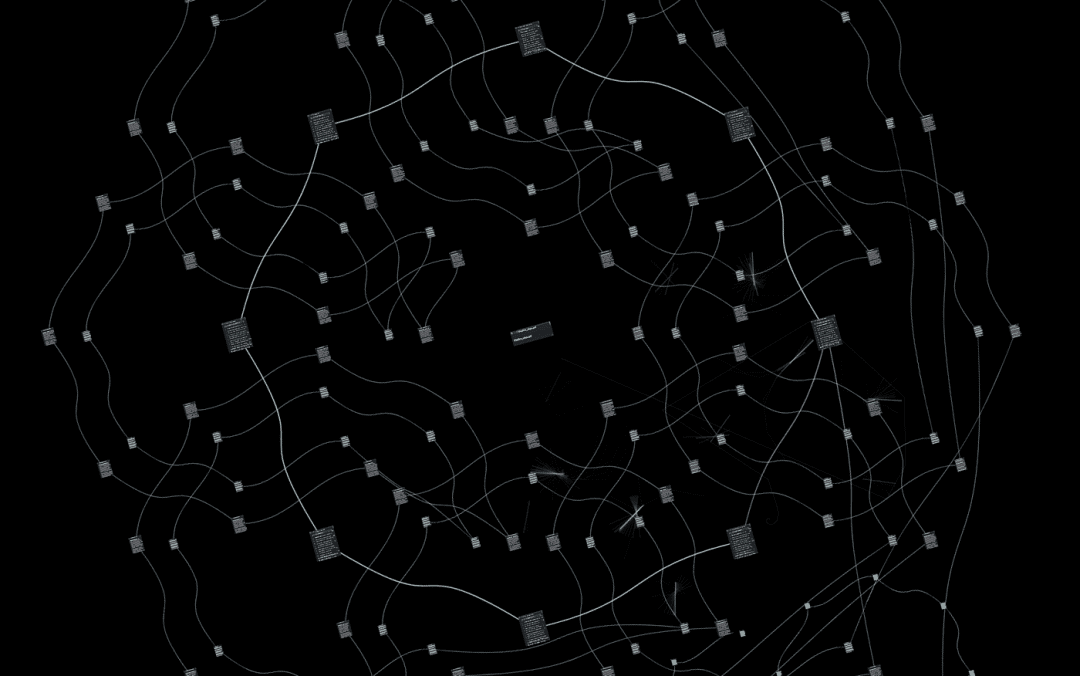 Neurite
Neurite
Neurite is an emerging RAG framework designed to simplify the process of building AI-driven applications. While it has a smaller user base than some other frameworks, its focus on developer experience and rapid prototyping makes it worth exploring:
- Intuitive API for building RAG pipelines
- Support for multiple data sources and embedded models
- Built-in caching and optimization mechanisms
- Extensible Architecture for Custom Components
Neurite's emphasis on simplicity and flexibility makes it an attractive option for developers looking to quickly implement RAG functionality into their applications.
https://github.com/satellitecomponent/Neurite
9. FlashRAG
GitHub star rating: 905 stars
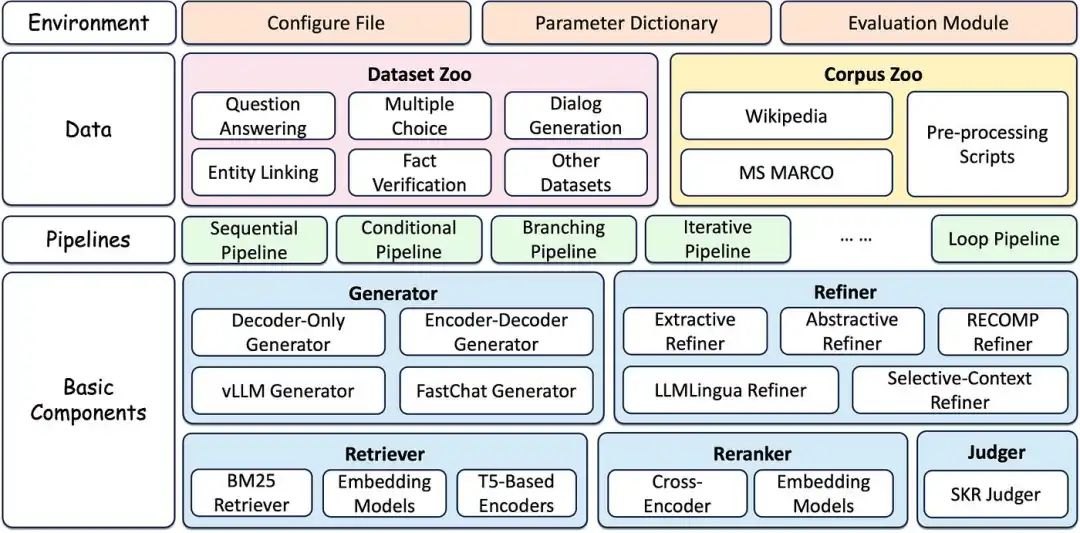 FlashRAG from the Natural Language Processing and Information Retrieval Laboratory of Renmin University of China
FlashRAG from the Natural Language Processing and Information Retrieval Laboratory of Renmin University of China
FlashRAG is a lightweight and efficient RAG framework developed by the Natural Language Processing and Information Retrieval Laboratory of Renmin University of China.The main features of FlashRAG include
- Optimize search algorithms to improve search speed
- Support for distributed processing and scaling
- Integration with popular language models and vector stores
- Benchmarking and performance analysis tools
For applications where speed and efficiency are critical, FlashRAG offers a dedicated set of tools and optimization solutions.
https://github.com/RUC-NLPIR/FlashRAG
10. Canopy
GitHub star rating: 923 stars
Canopy is a RAG framework developed by Pinecone, a company known for its vector database technology. It leverages Pinecone's expertise in efficient vector search to provide a powerful and scalable RAG solution:
- Tight integration with Pinecone's vector database
- Support for streaming and real-time updates
- Advanced query processing and reordering capabilities
- Tools for managing and versioning knowledge bases
With a focus on scalability and integration with the Pinecone ecosystem, Canopy is an excellent choice for organizations already using or considering Pinecone for their vector search needs.
https://github.com/pinecone-io/canopy
put at the end
The world of RAG frameworks is diverse and rapidly evolving, and each of the ten frameworks we explore offers unique benefits and capabilities. From the comprehensive and mature Haystack to emerging specialized frameworks such as FlashRAG and R2R, there is a solution to fit every need and use case:
- Specific requirements of the project
- The level of customization and flexibility you need
- Scalability and performance characteristics of the framework
- Community scale and activities around the framework
- Quality of available documentation and support
By carefully evaluating these factors and experimenting with different frameworks, you can find the RAG solution that best suits your needs and helps you build smarter, more context-aware AI applications. For developers and organizations looking to harness the power of AI in their applications and services, it's critical to stay up-to-date on the latest developments in RAG technology.
© Copyright notes
Article copyright AI Sharing Circle All, please do not reproduce without permission.
Related articles

No comments...

